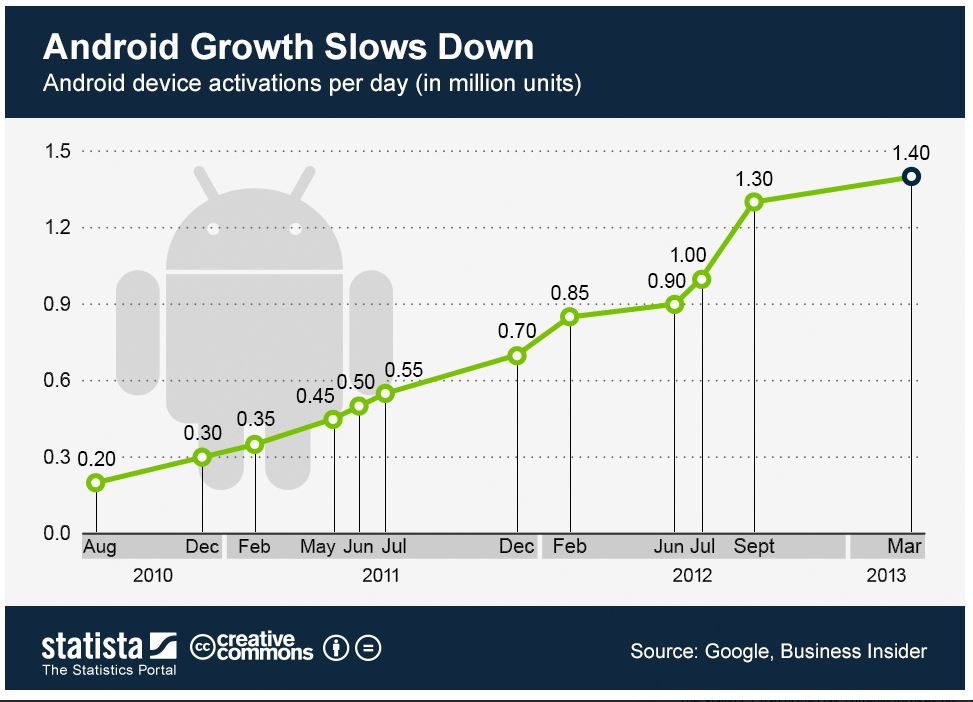The U.S. economy is expanding in fits and starts, but at least it is moving in the right direction. The first estimate of second quarter GDP came in at 1.7% which was slightly lower than the 2% guesstimate.
The first revision to second quarter spending was raised to 2.5%, but a large part of the increase was due to increases in business inventory. This will slow if consumption does not pick up. The other factor in the upward revision was growth in exports.
This is a positive sign and reflects earlier projections of U.S. manufacturers increasing activity. This is supported by the latest reading of the Chicago Business Barometer (PMI), which showed an increase of 0.5, up to 53.0. Any reading over 50 indicates a growing manufacturing environment.
Offsetting this manufacturing growth is the most recent Labor Department’s release of income data that showed stagnant wage growth with a majority of the increase in hours worked coming from the addition of part-time jobs instead of full-time.
For our economy to expand past the 1.5% to 2.0% range, wage rates must increase or more full time jobs need to be created. Four years into the recovery, U.S. workers’ pay is not keeping pace with inflation. This overall drop in purchasing power has slowed the purchase of durable goods. The only exception to this seems to be automobiles.
U.S. auto production has climbed to a about 16 million unit annual rate. The average age of the American auto fleet is over nine years old. This should enable automakers to keep up this production rate for the near future.
This puts the U.S. Federal Reserve between a rock and a hard place. There is a growing shift toward tapering the Fed’s bond purchase program. I do not believe the small employment gains or the sluggish growth in the economy warrant tapering at this time. However positive the Fed’s bond purchase program has been for the U.S. economy, it has also caused economic problems for the emerging market economies.
The emerging markets are suffering. Both the Indian and Turkish currencies hit record lows against the U.S. dollar in the last half of August. The Middle East turmoil has pushed oil prices to a two year high.
Oil is priced in U.S. dollars, so as the emerging market currencies fall they must pay even more to purchase oil. This is slowing their economies. In my opinion, oil prices should pull back once the Syrian situation is resolved. However, the emerging markets still have a problem with the Federal Reserve plans for tapering.
As a bonus, Europe has finally moved from a four-year recession to a small gain in the most recent quarter. If Europe’s growth can continue, this should help the emerging markets to increase exports and hopefully strengthen their currencies.
What does this mean for the United States? We are well positioned to provide many of the items that will be needed as the world’s economy begins to grow.
The U.S. Energy Information Administration stated that they expect world wide energy consumption to increase steadily for the next 30 years. This would increase oil consumption from the present 92 million barrels per day to approximately 150 million barrels per day.
This last week, the International Energy Agency stated they believe oil consumption will increase about one million barrels per day between 2013 and 2014. Prior to the recession, world demand was increasing about three million barrels per day on a year-over-year basis.
When consumption returns to historic levels, and as this demand drives prices higher, our ability to produce less expensive domestic energy will become an even larger advantage for U.S. companies. The proliferation of energy production from tight shale plays is providing the opportunity for U. S. companies to benefit from a lower energy cost as well as lower raw material cost. The U.S. is now producing more oil than it imports.
Expansion of chemical plants to take advantage of lower natural gas and natural gas liquids is continuing at a rapid pace. Industrial companies have also grown rapidly over the last year. With their advantage in the cost of energy, this growth should continue.
As I have mentioned before, with added shipping capacity, West Texas Intermediate (WTI) prices have narrowed the gap to Brent and these companies are showing large gains in earnings.
In their most recent quarterly report, SeaDrill (SDRL) increased their dividend to over 8% and beat the streets estimates on earnings. They have three new deep water, floating drilling rigs being delivered from shipyards this year. They are already under contract for several years. Deepwater drilling activity in the U.S. Gulf of Mexico, Brazil and offshore West Africa should keep this company fully utilized for several more years.
We also still like industrial commodity companies but we are not buying any of them currently. As the world economy begins to expand again, material producers like Cliffs Natural Resources (CLF), Freeport McMoran Copper & Gold (FCX) and the larger coal companies will once again move up in the investment placement arena. However, wait until you see copper, iron ore and coal prices increase before doing any buying of these stocks.
Just to restate, I believe the economy is expanding in spite of the previously mentioned problems. That is why we are emphasizing investments in companies with good cash flow, good cash distributions and companies that operate in areas where they have a competitive advantage due to much lower energy costs and raw material input costs.
We prefer companies that generate good after tax returns. With interest rates at historic lows, even as dividend taxes go up, the after tax returns are still higher than most investment grade debt. There is a growing shift from very low yield bonds into equity. BSG&L is a long term investor. We believe if you are patient, build cash and buy good companies on pull backs, your portfolio will have good growth over the long term.
The investments discussed are held in client accounts as of August 31, 2013. These investments may or may not be currently held in client accounts. The reader should not assume that any investments identified were or will be profitable or that any investment recommendations or investment decisions we make in the future will be profitable.




